All about blooming roses

Despite the difficult care, roses remain one of the most beloved flowers by gardeners to this day. However, not every planted and established rose blooms. For this to happen, proper, timely and regular care must be taken. In addition to leaving, some other factors also affect the duration of flowering and the beginning of this process itself. Everything about how to increase the duration of the flowering of roses, make it more violent, and many other nuances of this topic will be discussed in the article.
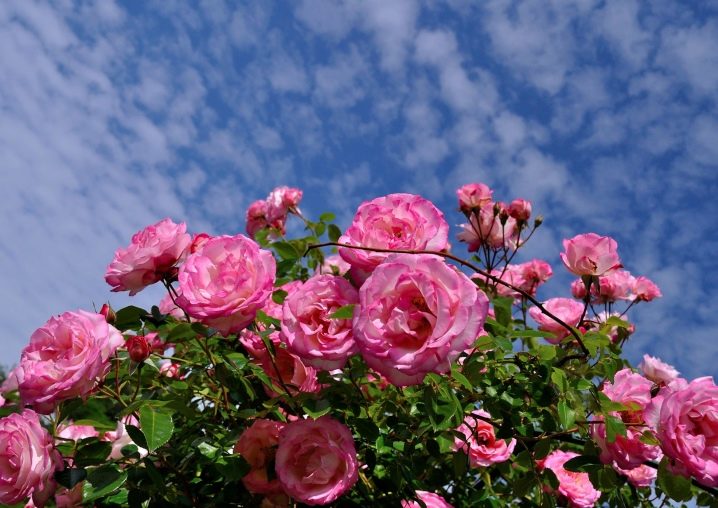
Influencing factors
Almost every healthy rose blooms at least once a year. As a rule, the rose blooms for the second time in a season only if it has been properly cared for, and there are plenty of nutrients. Sometimes it happens that even with such complete care, the flower is constantly sick and does not bloom.
It is recommended to get rid of such a plant, or transplant it to another place, since, most likely, flowers will not appear on it.
Wintering is an important factor influencing flowering. Be sure to cover the flowers in the fall. This is especially true for northern or cold regions. Another important point in this matter is the correct landing. It is necessary to ensure that the root collar is located deep in the ground.
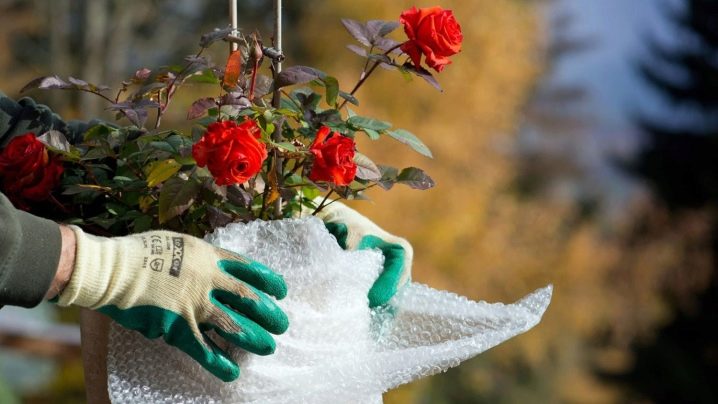
Local weather and climate in general also have a strong influence on flowering. Obviously, in the southern regions, the climate is more conducive to flowering. Usually local southern roses begin to bloom almost from mid-spring to late autumn. In colder regions, roses do not bloom for so long and not very actively. In order for the flowering to be exuberant, it is necessary to additionally feed the roses with various additives. In the Moscow region, their flowering usually begins in late June or early July. And it lasts only about a month. In rare cases, flowers can be seen in September - they usually disappear earlier. In the central regions of Russia, pink flowers can be observed all summer.
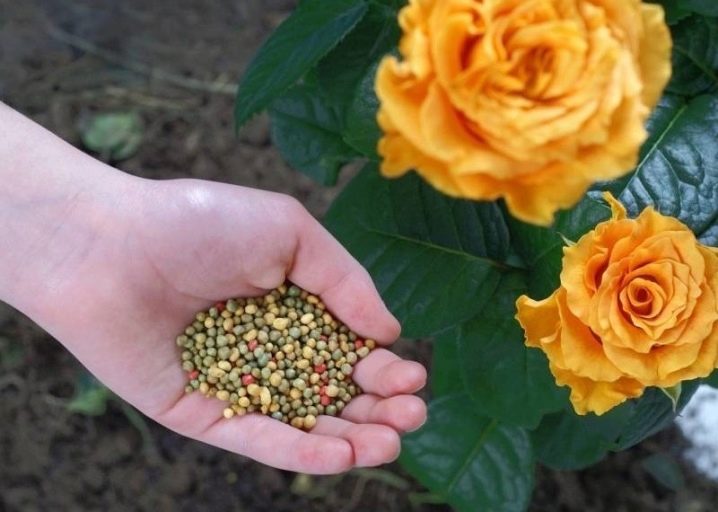
The frequency of flowering and its duration depends on the type of flower. Most small-flowered varieties bloom once a year, while large-flowered varieties can bloom twice a season. First of all, wild roses begin to bloom. But, unfortunately, it only lasts about 2 weeks. Remontant varieties bloom relatively the longest - the period of one flowering can last almost 45 days.
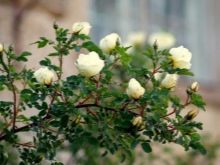
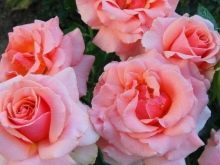
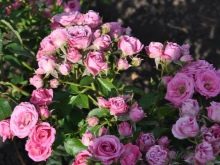
Timing and duration
In the first year after planting, rose crops usually do not bloom. Nevertheless, it is imperative to cut off the first years. This mainly applies to buds. In this case, a homemade rose in a pot can bloom. Particularly strong seedlings are also an exception.
As for adult specimens, most varieties of grown roses bloom twice per season. In this context, it is worth mentioning that there are single flowering species and repeated flowering specimens. The former bloom very violently, while the flowers of other varieties are more modest in size and fewer. Each of these varieties of flowers can be divided into two more groups - blooming early and blooming late.
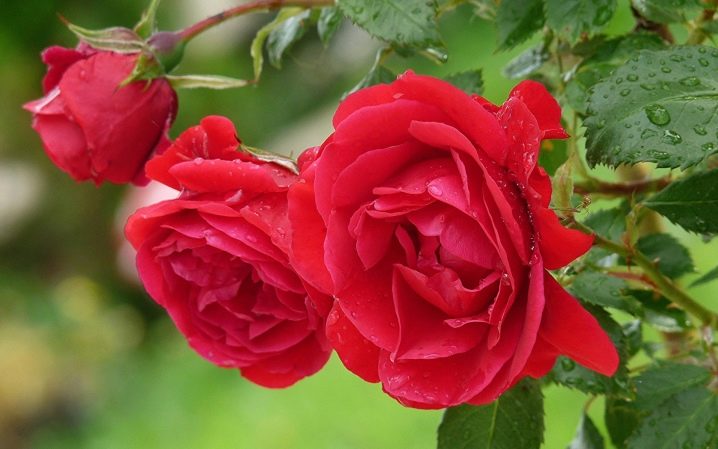
Professional gardeners recommend "filling" your site with roses of these four groups in order to ensure continuous flowering, which will exclude only the winter period.
The first buds begin to open in spring - usually April or May. However, during this period, pruning of roses begins, and therefore it is possible to see the full-fledged flowers to which we are accustomed only after some time - in June. But at this time, relatively few flowers can usually be observed, the real riot occurs only in July. The first bloom lasts about 2 months.
The second wave comes a couple of months later, in August. She is usually more violent than the first. The second time there are more flowers because they begin to bloom on both new and old shoots. Flowering usually lasts for a relatively long time, up to October.
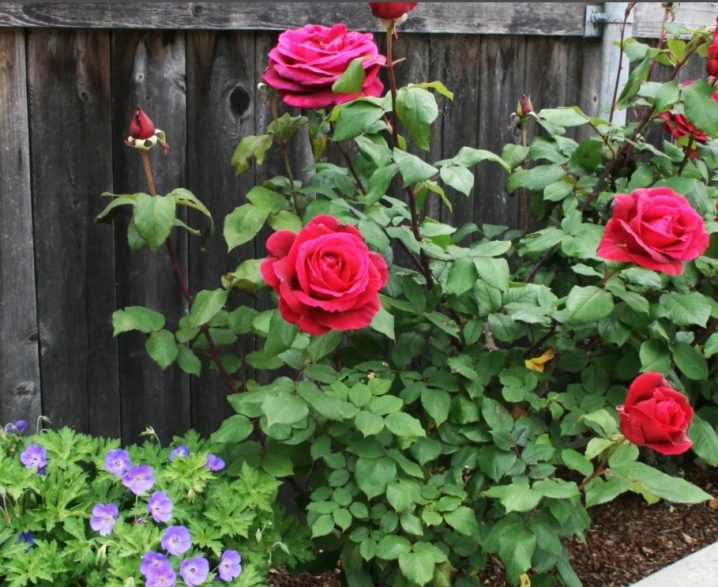
The duration of flowering, as already mentioned, is closely related to the variety of the rose. For example, a bush rose can bloom in both summer and winter. This applies only to some varieties of spray roses. Climber or climbing rose can bloom until late autumn and the first frost. Roses "Laguna" and "Iceberg" can bloom all summer. Tea roses, they are hybrid roses, were specially bred for long and exuberant flowering. The first flowers on such a bush appear in early June, and flowering continues until late autumn. Most often, a home indoor rose blooms. With proper care, flowering occurs every two months.
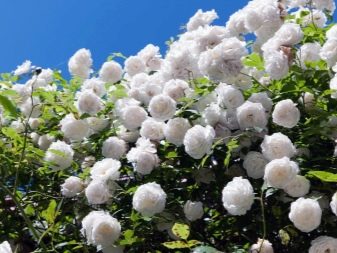

How to stimulate flowering?
Without the intervention of a gardener, roses do not bloom in an exuberant color, and the flowers themselves are often small in size.
One of the reasons for the lack of flowering or a small number of frail flowers is the banal depletion of the soil. To do this, you just need to transplant the flowers to another place, or replace the soil in the place of growth. And also the degree of illumination is also important. Roses love warmth and the presence of the sun, while being under the scorching rays of the sun is destructive for them.
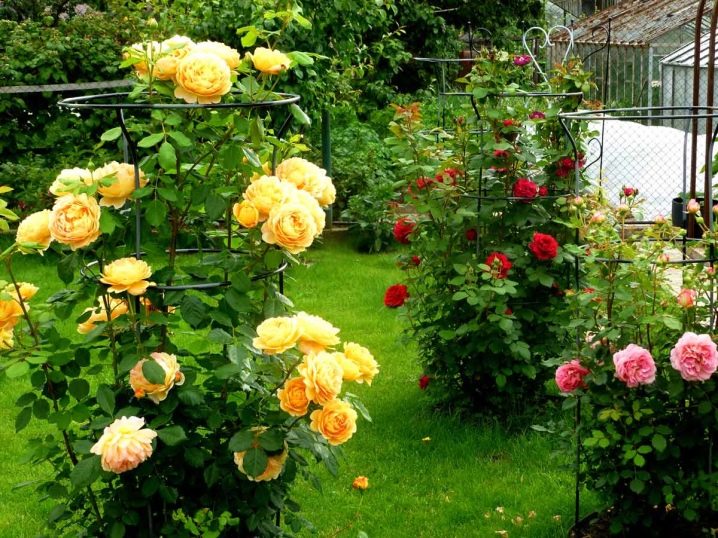
Thus, they will bloom under moderate sun and warmth. On the site, it is best to place them on the sunny side.
Liquid products
Both store-bought products and those mixed on their own help to stimulate flowering almost equally well.
The most famous store-bought remedy for stimulating flowering in roses is Fertile Watering Can. It is usually used from late winter to late summer. It is undesirable to use the preparation for roses immediately after planting them. You need to wait at least 2 weeks. The solution is prepared at the rate of 10 ml of the drug per 1 liter of water.

The drug of the same name ("Rose") also gives excellent results. One cap of the product is diluted in 1 liter of water. However, it is not necessary to pour it into the soil of the plant; it is necessary to spray the leaves with this solution using a spray bottle.
Another fairly well-known product in its category is Agricola-Aqua. For maximum results, it is recommended to use the product as a top dressing every week. The solution is prepared at the rate of 5 ml of the drug per liter of water.
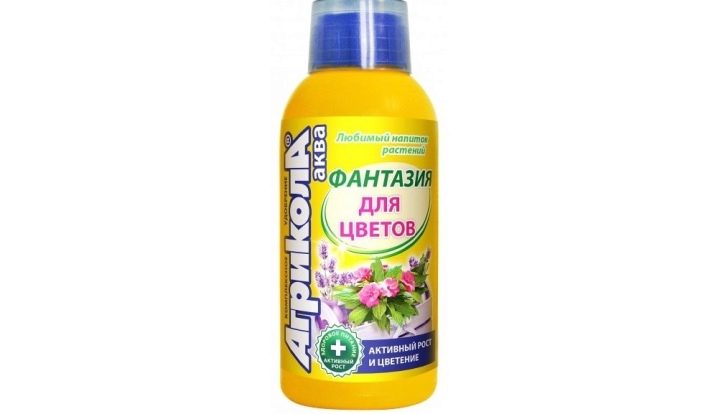
Organic fertilizers
The main ones are fertilizers containing potassium and phosphorus. Their main action is to enhance the plant's immunity. It is also recommended to add nitrogen to the soil, which is a good stimulator of shoot growth. In addition, nitrogen has the effect of increasing the number of leaves. Nitrogen is applied in spring and summer, and the rest of fertilizers only in autumn or winter in order to reinforce the plant before wintering.
The most famous biological flowering stimulants are herbal infusions. Various herbs are mixed with wood ash and eggshells. There are no requirements for herbs - you can take any at your discretion. Further, this mass is filled with water and remains infused for a week. It is advisable to take all components in the same proportions.
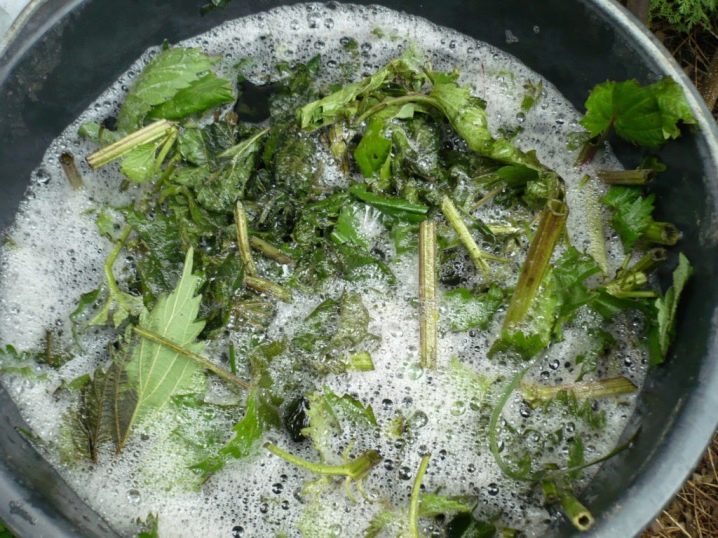
Mullein infusion is considered another effective folk remedy. Usually a bucket of mullein is taken for 100 liters of water. All this is mixed and left in the sun.The mixture will begin to ferment and will be ready in about 5 or 10 days. However, it cannot be introduced into the soil in this form. It is necessary to dilute each liter of this mixture with 10 liters of water. Watering with this infusion is necessary only in cool weather.
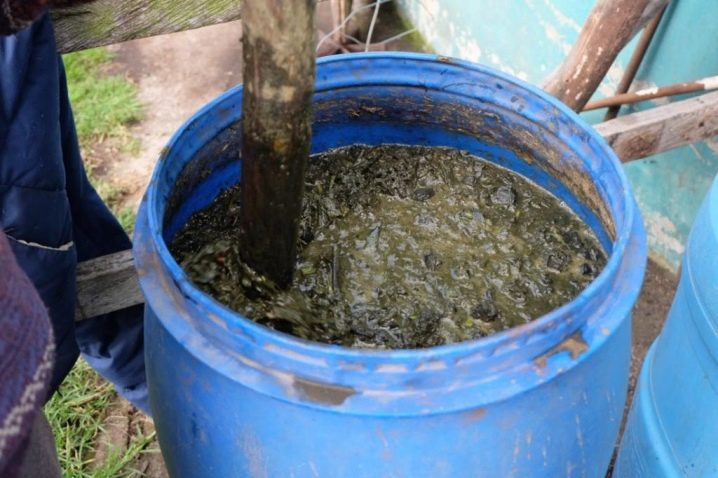
How to extend the period?
Not so much to prolong, but to increase the number of blooms up to 3 times per season, banal pruning can help. This should be done immediately after the first flowering. As already mentioned, it is necessary to remove the buds, leaving the buds. Professional gardeners recommend pruning in winter. The reason for this is that during this period the damage to the plant will be less noticeable. Usually, the more shoots a rose has in spring, the less vigorous the subsequent flowering will be. If the buds quickly fade in the garden, then after they must be cut off immediately. The same applies to wilted leaves, stems and other dead parts of the plant. By regularly removing unwanted buds, leaves and stems, flowering will improve and last longer. Dead parts can become a source of disease, fungus.
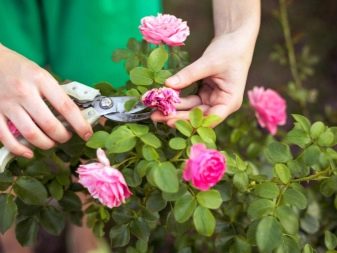
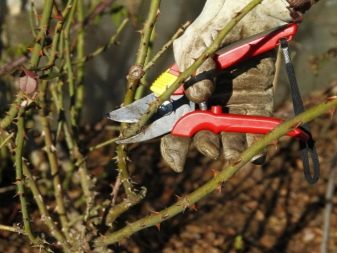
And also you can not let the fruit set on the plant. The plant will spend a lot of energy maintaining the fruit, and after the fruit is set, it is unlikely to bloom violently.
Various dressings can make roses bloom all summer. These flowers are very fond of fertilizers. However, excess fertilization can have the opposite effect. Roses will have a lot of greenery, while the number of flowers will not be very large. The best option for roses is turf-like soil. It retains moisture well, allowing roses to bloom regularly and profusely. Proper and regular watering is imperative. The soil must always remain moist. This is especially true for warm and southern regions. Watering should be done at least 1 time per week.
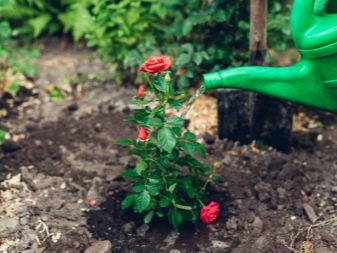
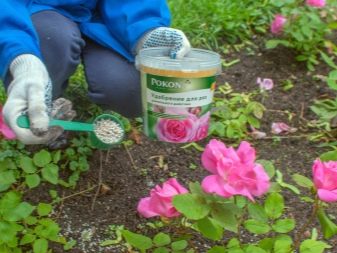
Help to bloom and spraying. This applies to both conventional spraying with water and various pest preparations.
Roses need air circulation. This is quite simple to do - you just need to plant the roses away from each other and other plants.
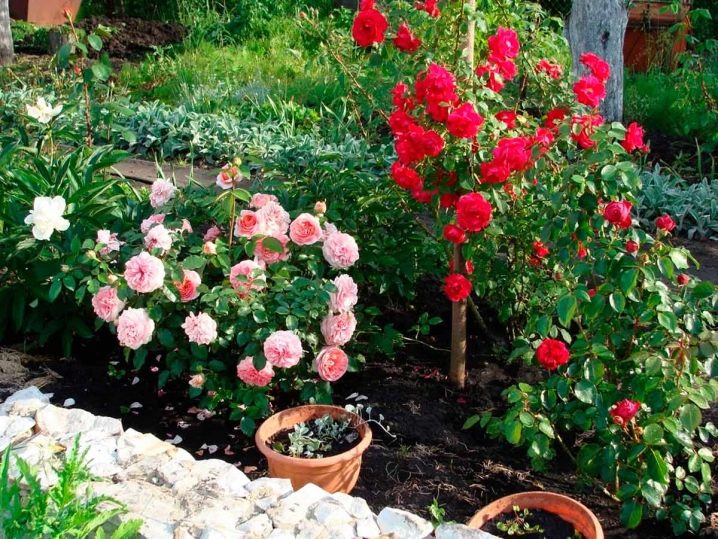

































































































The comment was sent successfully.